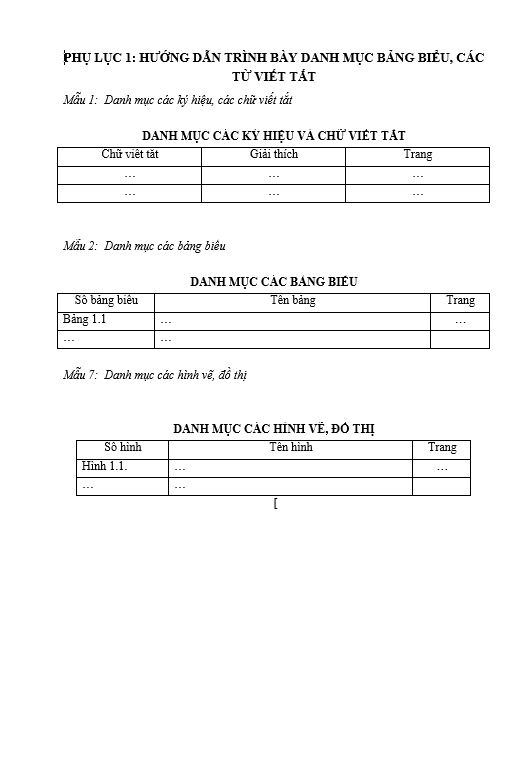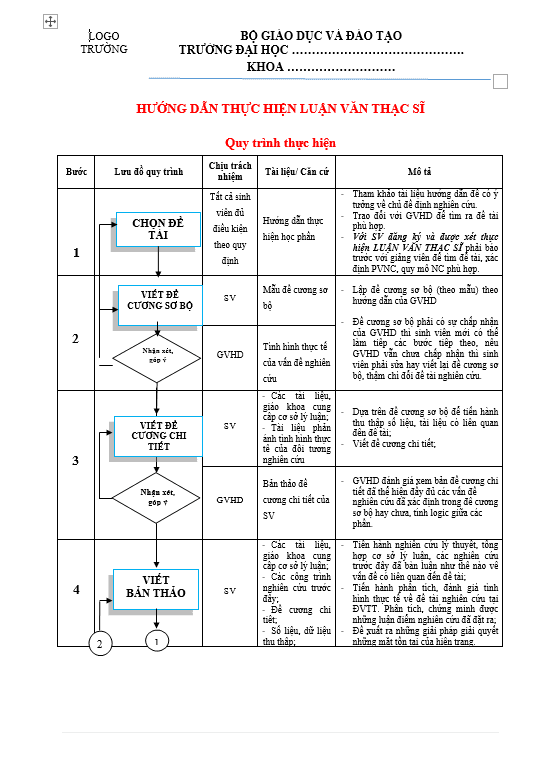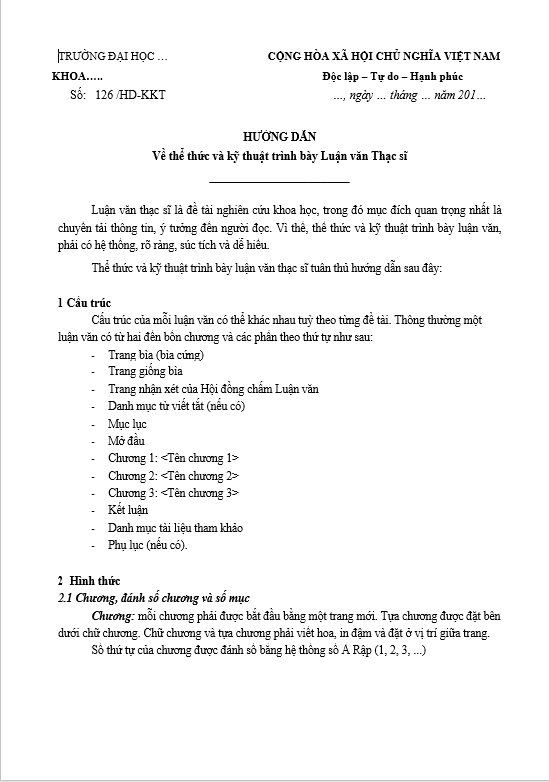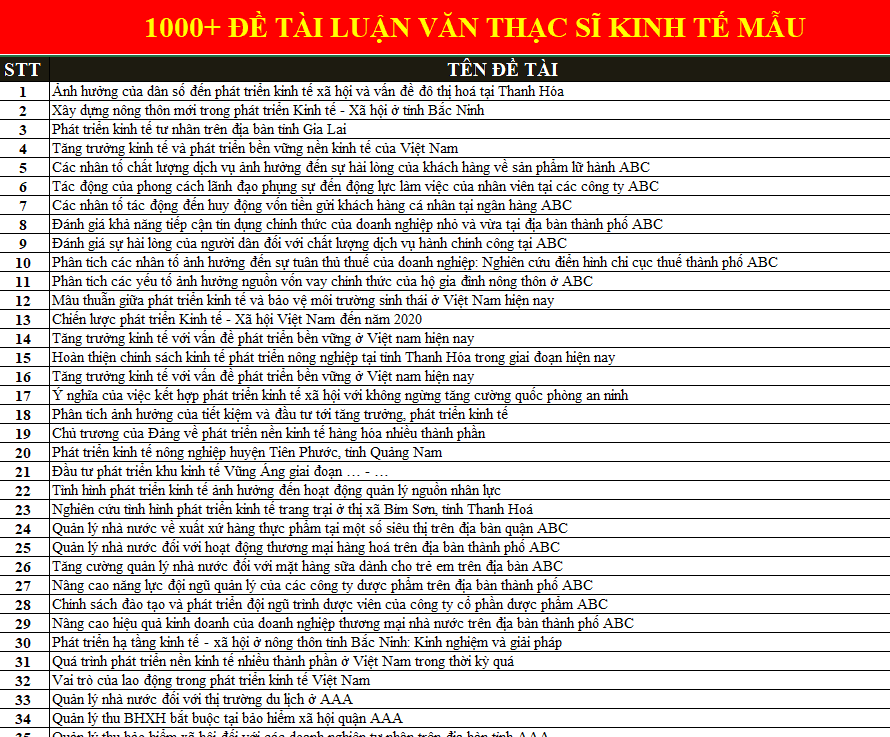Table of Contents
List of Tables……………………………………………………………………… V
List of Figures…………………………………………………………………….. VI
Acknowledgements……………………………………………………………….. VIII
Abstract……………………………………………………………………………. IX
Chapter One: Introduction
1.1 Introduction………………………………………………………………………. 2
1.2 Background to Research…………………………………………………………. 2
1.2.1 Background of Consumer Segmentation…………………………………… 2
1.2.2 The Consumer Segmentation Effects on International Supermarket Sector.. 3
1.3 Research Objectives and Questions……………………………………………… 4
1.3.1 Research Objectives………………………………………………………… 4
1.3.2 Research Questions………………………………………………………… 4
1.4 Selected industry and Countries………………………………………………….. 5
1.4.1 The Reason for Selecting Tesco from Supermarket Industry……………… 5
1.4.2 The Reason for Selecting Ireland…………………………………………… 6
1.4.3 The Reason for Selecting China……………………………………………. 7
1.5 Scope and Limitation of the Research…………………………………………… 7
1.5.1 Scope of the Research……………………………………………………… 7
1.5.2 Limitation of the Research…………………………………………………. 8
1.6 Conclusion……………………………………………………………………….. 8
Chapter Two: Literature Review
2.1 Introduction………………………………………………………………………. 11
2.2 Overview of consumer segmentation…………………………………………….. 11
2.2.1 Definition of consumer segmentation……………………………………… 11
2.2.2 Benefits of consumer segmentation………………………………………… 12
2.3 Major segmentation components………………………………………………… 13
2.3.1 Geographic segmentation component……………………………………… 14
2.3.2 Demographic segmentation component……………………………………. 15
2.3.3 Psychographic segmentation component…………………………………… 18
2.3.4 Behavioral segmentation component………………………………………. 19
2.4 Seeking hybrid segmentation…………………………………………………….. 21
2.4.1 Limitation of using single segmentation component………………………. 21
2.4.2 Emergence of hybrid segmentation………………………………………… 22
2.5 The use of hybrid segmentation………………………………………………….. 25
2.6 Conclusion……………………………………………………………………….. 27
Chapter Three: Research methodology and methods
3.1 Introduction………………………………………………………………………. 29
3.2 Research philosophy……………………………………………………………… 30
3.3 Research approach……………………………………………………………….. 31
3.4 Research strategy………………………………………………………………… 32
3.4.1 Survey……………………………………………………………………… 32
3.4.2 Case study………………………………………………………………….. 33
3.5 Research choices…………………………………………………………………. 34
3.6 Data collection methods………………………………………………………….. 35
3.6.1 Questionnaire………………………………………………………………. 36
3.6.1.1 Questionnaire design………………………………………………. 36
3.6.1.2 Piloting questionnaire……………………………………………… 38
3.6.1.3 Sampling method………………………………………………….. 38
3.6.2 In-depth interview………………………………………………………….. 39
3.6.2.1 In-depth interview design…………………………………………. 40
3.6.2.2 Interviewing competence………………………………………….. 40
3.7 Quantitative data and qualitative data analysis…………………………………… 41
3.8 Limitations and Ethical issues…………………………………………………… 42
3.8.1 Research limitations………………………………………………………… 42
3.8.2 Research ethical issues……………………………………………………… 43
3.9 Conclusion……………………………………………………………………….. 43
Chapter Four: Case study of Tesco
4.1 Introduction………………………………………………………………………. 46
4.2 Background of Tesco in Ireland and China………………………………………. 46
4.2.1 Tesco in Ireland…………………………………………………………….. 46
4.2.2 Tesco in China……………………………………………………………… 47
4.3 PEST analysis in Ireland and China……………………………………………… 47
4.3.1 PEST analysis of Irish market……………………………………………… 48
4.3.2 PEST analysis of Chinese market………………………………………….. 48
4.4 Segmentation strategy used………………………………………………………. 49
4.5 Analysis of case study……………………………………………………………. 52
4.6 Conclusion……………………………………………………………………….. 54
Chapter Five: Research Findings
5.1 Introduction………………………………………………………………………. 56
5.2 Quantitative Data (Questionnaire) Findings……………………………………… 56
5.2.1 Consumer Segmentation Research Findings………………………………. 56
5.2.1.1 Psychographic Segmentation Research Findings…………………. 57
5.2.1.2 Behavioral Segmentation Research Findings……………………… 62
5.2.1.3 Geographic Segmentation Research Findings…………………….. 69
5.2.1.4 Demographic Segmentation Research Findings…………………… 73
5.2.2 Hybrid Segmentation Research Findings…………………………………… 78
5.2.3 Tesco Research Findings…………………………………………………… 86
5.3 Qualitative Data (In-depth Interview) Findings………………………………….. 91
5.3.1 Findings of Regarding the Consumer Segmentation Strategy……………… 92
5.3.2 Findings of Regarding Tesco Clubcard Database………………………….. 95
5.3.3 Findings of Regarding Tesco Own Label Products (Sub-brand)…………… 97
5.3.4 Findings of Update Information (in the current news)…………………….. 98
5.4 Conclusion……………………………………………………………………….. 99
Chapter Six: Discussion
6.1 Introduction………………………………………………………………………. 101
6.2 The reasons for the use of hybrid segmentation…………………………………… 101
6.3 How hybrid segmentation assists international supermarkets…………………… 106
6.3.1 The hybrid segmentation used in the Irish market…………………………… 109
6.3.2 The hybrid segmentation used in the Chinese market……………………… 110
6.4 The main challenges in applying hybrid segmentation………………………….. 111
6.5 Conclusion……………………………………………………………………….. 113
Chapter Seven: Conclusion and Recommendations
7.1 Introduction………………………………………………………………………. 116
7.2 Conclusions of the Research……………………………………………………… 116
7.3 Recommendations of the Research………………………………………………. 119
7.4 Conclusion……………………………………………………………………….. 120
Appendices………………………………………………………………………….. 122
Bibliography………………………………………………………………………… 147












